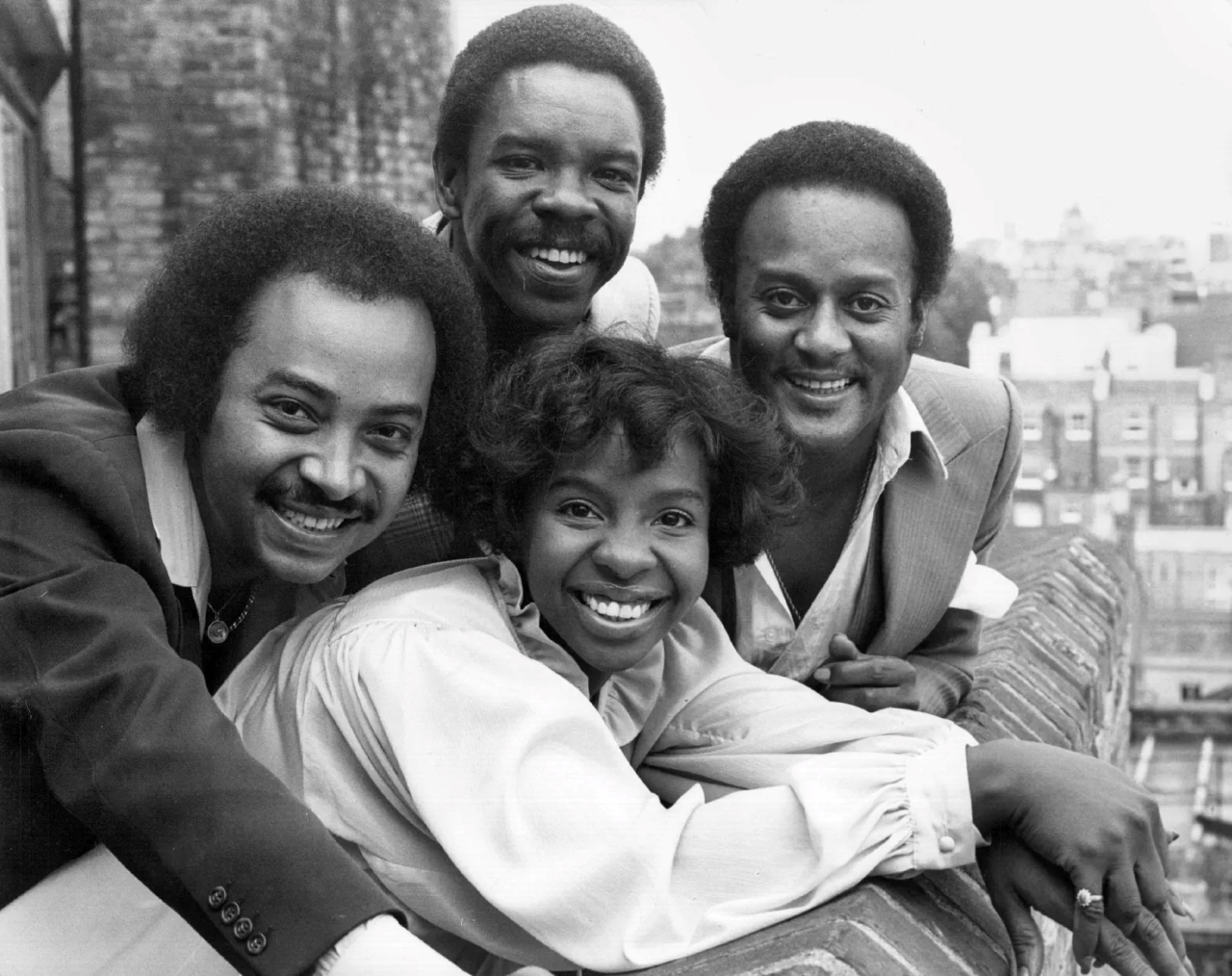⭐ The Roots of a Motown Classic
In the mid-1960s, Motown was a creative laboratory, constantly experimenting with sounds that would reshape popular music. Among its most prolific songwriting teams was Norman Whitfield and Barrett Strong. Together, they crafted a moody, anxious track called “I Heard It Through the Grapevine.”
The phrase “through the grapevine” was a colloquial expression in Black communities, meaning to hear gossip or rumors through word of mouth. Whitfield and Strong turned it into a metaphor for romantic betrayal—a lover discovering infidelity not directly, but through whispers. The lyrics were heartbreaking: “I bet you’re wondering how I knew / ’Bout your plans to make me blue.”
Yet for all its brilliance, the song faced a bumpy road. Motown’s quality control committee, famously strict, initially shelved it. They weren’t convinced it was strong enough to be a hit.

⭐ Gladys Knight & the Pips Take the Stage
By 1967, Gladys Knight & the Pips were rising stars at Motown. Their gospel-rooted harmonies and Gladys’s powerhouse vocals made them a perfect vehicle for songs that carried raw emotion. Norman Whitfield, determined to prove his song’s worth, pitched “I Heard It Through the Grapevine” to them.
Gladys and the Pips recorded the track with urgency. Unlike the slower, moodier versions that Whitfield would later produce, theirs was brisk, almost urgent—driven by a pounding beat and brass flourishes. Gladys’s voice cut through with fiery conviction, giving the song both grit and soul.
Released in September 1967, the single hit the airwaves in late 1967 and climbed relentlessly. By December, it had soared to No. 2 on the Billboard Hot 100 and spent six weeks at No.1 on the R&B chart.
Gladys Knight & the Pips had become the first to bring Whitfield and Strong’s masterpiece to the public.
⭐ A Song Too Good for Just One Version
Here’s where Motown’s unique system made history. The label often had multiple artists record the same song, sometimes shelving versions until years later. In fact, “I Heard It Through the Grapevine” had already been recorded before Gladys Knight—by Smokey Robinson & the Miracles in 1966 and by Marvin Gaye in early 1967. Both versions sat unreleased.
But when Gladys Knight’s version became a hit, Whitfield seized the moment. He persuaded Motown to revisit Marvin Gaye’s recording, reworked with darker, more brooding production. That version, finally released in late 1968, eclipsed all others—spending seven weeks at No.1 on the Hot 100 and becoming one of Motown’s all-time biggest singles.
Yet history is clear: Gladys Knight & the Pips were the trailblazers. They proved the song had hit potential and opened the door for Marvin Gaye’s definitive take.
⭐ The Energy of Gladys Knight’s Performance
What makes their version stand apart is its tempo and tone. Gladys didn’t deliver the song as a hushed confession—she belted it like a storm. There’s defiance in her heartbreak, a refusal to crumble under betrayal. The Pips’ backing vocals, tight and rhythmic, gave it both structure and swing.
This urgency resonated with audiences. In 1967 and 1968, as America was reeling from social upheaval, the Vietnam War, and civil rights struggles, the song’s theme of mistrust and whispered truths carried broader meaning. It wasn’t just about love gone wrong—it echoed a time when rumors, suspicion, and doubt were woven into daily life.
⭐ Legacy of the First Grapevine
Even though Marvin Gaye’s version would become iconic, Gladys Knight & the Pips never saw theirs as overshadowed. In fact, Gladys has often reminded audiences: “Ours was the first one released, and we took it to the Top 10. We opened the door.”
Their recording remains a Motown gem—lively, fiery, and full of soul. It represents a moment when Motown allowed its artists to bring their own flavor to a song, proving that one composition could inspire multiple interpretations.
⭐ Conclusion – A Song with Many Lives
When “I Heard It Through the Grapevine” was released in 1967 by Gladys Knight & the Pips, it was more than a hit single. It was the first successful spark of a song destined to become immortal.
Motown’s experiment showed that great music could wear many faces. Gladys Knight gave it urgency. Marvin Gaye gave it mystery. Creedence Clearwater Revival would later give it rock grit. But it was Gladys and the Pips who first brought it to life—turning Whitfield and Strong’s whisper of suspicion into a soulful shout heard around the world.